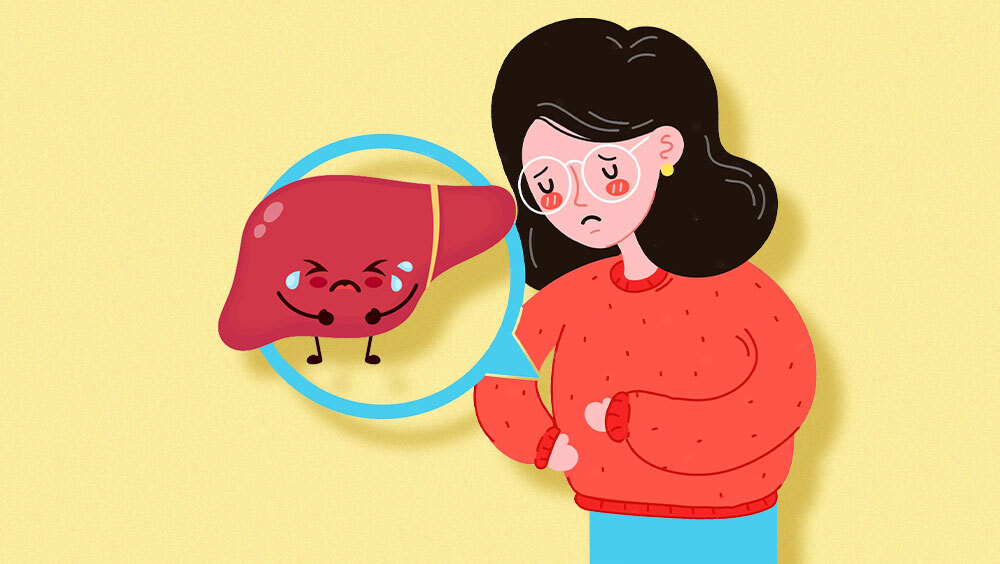Did you know your liver is an unsung hero, performing over 500 vital tasks? Often neglected, this powerhouse organ sends subtle yet crucial signals when in distress. "Liver Damage Signs" is your concise guide to understanding these whispers of your liver's health. Let's spotlight the signs and symptoms that are easy to miss, yet vitally important. Here's your chance to learn your liver's language, helping you guard this key organ and, in turn, your overall wellness.
Signs
Changes in Appetite
Fact: Liver damage can manifest with a range of symptoms, including fatigue, jaundice (yellowing of the skin and eyes), abdominal pain and swelling, dark urine, pale stools, nausea, loss of appetite, and unexplained weight loss.

When the liver is damaged, its ability to metabolize fats and proteins from our diet is compromised. The production of bile, crucial for managing fatty meals, might also dwindle. Moreover, chronic or severe liver damage can lead to the dilation of vessels in the esophagus and stomach. Such dilation can sometimes result in bleeding, posing a critical medical emergency. Individuals suffering from persistent liver damage may often find themselves grappling with nausea and vomiting, developing an aversion to meals loaded with fats and proteins.




